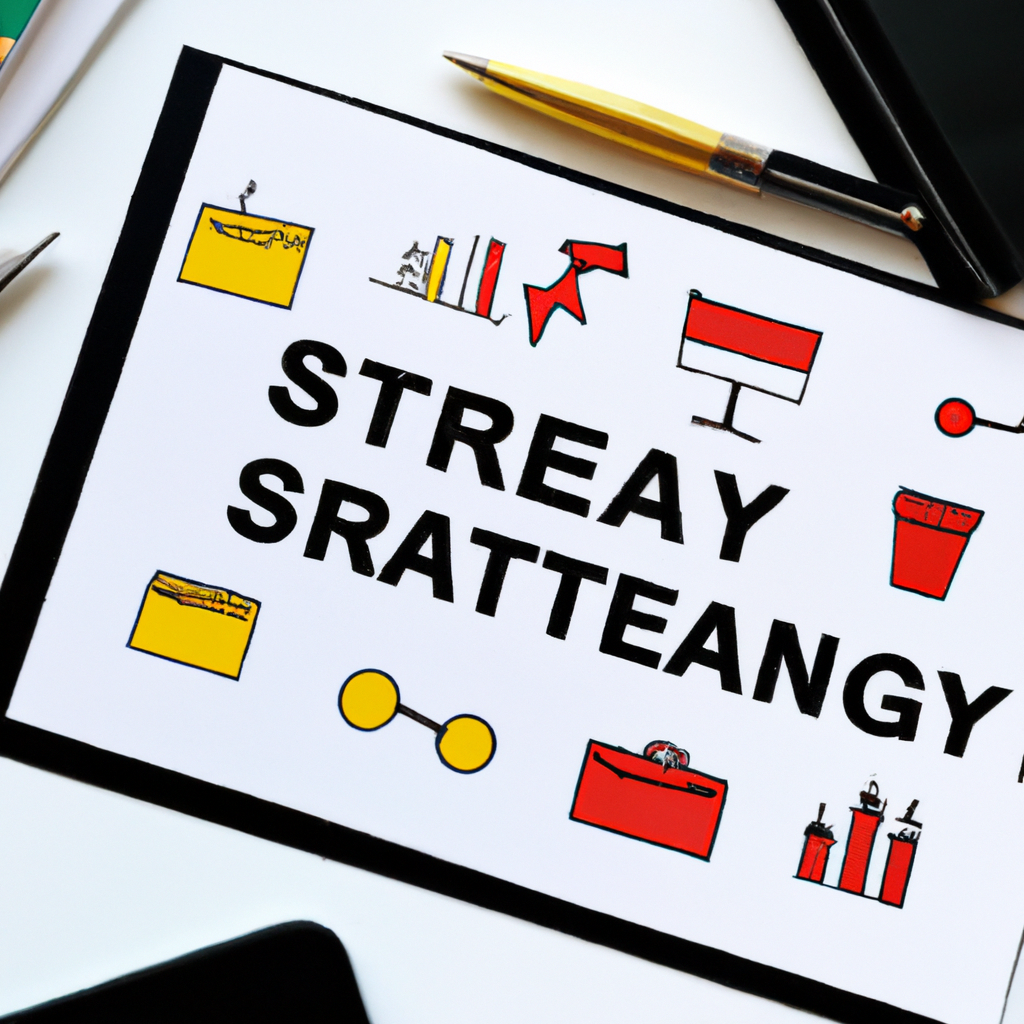Unlocking the Potential of Quantum Sensors
As technology continues to evolve, the need for precision in various fields is becoming ever more critical. Quantum sensors represent a significant advancement in this regard, offering unprecedented accuracy and sensitivity. For those looking to harness the power of quantum sensors, understanding how to effectively utilize them is essential. This guide will explore practical tips and hidden gems that can help you maximize the benefits of quantum sensors in your projects.
Understanding the Basics of Quantum Sensors
Before diving into practical tips, it’s essential to grasp the fundamental concept of quantum sensors. These devices leverage quantum phenomena, such as superposition and entanglement, to measure physical quantities with extraordinary precision. They have applications in various fields, including physics, engineering, and even medical imaging. By tapping into these advanced technologies, researchers and industry professionals can make significant advancements in their respective domains.
Tip 1: Choose the Right Type of Quantum Sensor
The first step in effectively using quantum sensors is to identify the appropriate type for your specific needs. There are several categories of quantum sensors, including:
- Atomic Clocks: Ideal for timekeeping and navigation.
- Gravitational Sensors: Useful in geophysics for detecting subsurface structures.
- Magnetometers: Employed in medical imaging and geological exploration.
Each sensor type has its advantages and limitations. Analyze your project requirements carefully to select the most suitable sensor, ensuring you achieve optimal results.
Revolutionizing Communication – How Brain-Computer Interfaces Are Shap is an exciting development that parallels the advancements seen in quantum sensors. These innovative devices are not only changing how we perceive measurement but also enhancing our ability to communicate effectively across various platforms. As quantum sensors continue to evolve, their integration with brain-computer interfaces could lead to unprecedented levels of precision in data transmission. The synergy between these technologies is poised to unlock new possibilities in fields ranging from healthcare to telecommunications. Understanding this intersection will be crucial for future advancements in both sectors.
Tip 2: Optimize Your Environment
The performance of quantum sensors can be significantly affected by environmental factors. To ensure accurate measurements, consider the following:
- Temperature Control: Maintain a stable temperature to minimize noise in measurements.
- Vibration Isolation: Use vibration-damping mounts to reduce interference from external movements.
- Electromagnetic Shielding: Protect your sensors from electromagnetic interference by using appropriate shielding techniques.
By optimizing your environment, you can enhance the reliability and precision of your quantum sensor readings.
Tip 3: Implement Advanced Data Processing Techniques
Quantum sensors generate vast amounts of data, which can be challenging to analyze. To extract meaningful insights, consider employing advanced data processing techniques such as:
- Machine Learning: Leverage algorithms to identify patterns and anomalies in data.
- Signal Processing: Use filtering techniques to isolate the signal from noise.
- Statistical Analysis: Apply statistical methods to validate your findings and improve confidence levels.
Utilizing these techniques will enable you to harness the full potential of your quantum sensors, leading to more informed decision-making.
Tip 4: Collaborate with Experts
The field of quantum sensing is rapidly evolving, and collaboration can be a significant advantage. Engaging with experts in quantum mechanics, engineering, and data science can provide valuable insights and enhance your project’s success. Consider the following ways to collaborate:
- Join Research Groups: Participate in academic or industry research groups focused on quantum technologies.
- Attend Conferences: Network with professionals at conferences to share knowledge and best practices.
- Partnerships with Universities: Collaborate with academic institutions to access cutting-edge research and technology.
By fostering collaboration, you can stay at the forefront of advancements in quantum sensing and improve your own work.
Bonus Tips: Hidden Gems in Quantum Sensing
1. Explore Hybrid Quantum Sensors
Hybrid quantum sensors combine different sensing technologies to enhance performance and versatility. For instance, integrating optical and atomic sensors can provide complementary data, improving measurement accuracy. Investigate hybrid solutions that may offer advantages for your specific applications.
2. Utilize Quantum Entanglement for Enhanced Precision
Quantum entanglement can enable sensors to achieve higher sensitivity levels. By utilizing entangled particles, you can reduce measurement uncertainty and improve the precision of your readings. Research techniques for generating and utilizing entangled states in your sensing applications.
3. Keep Up with Regulatory Standards
As quantum sensors become more prevalent, regulatory standards are developing. Stay informed about emerging guidelines and best practices to ensure compliance and maintain the credibility of your research. Subscribe to relevant publications and organizations to receive updates on regulatory changes.
Reaping the Rewards of Quantum Sensors
Implementing the tips outlined above can significantly enhance your ability to leverage quantum sensors effectively. By choosing the right sensor, optimizing your environment, employing advanced data processing techniques, and collaborating with experts, you position yourself for success in this cutting-edge field. The advantages of utilizing quantum sensors include improved accuracy, enhanced data insights, and the potential for groundbreaking discoveries.
Now is the time to take action. Assess your current projects and explore how you can incorporate these tips to harness the power of quantum sensors. The future of precision technology awaits, and with the right approach, you can be at the forefront of this exciting frontier.






